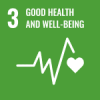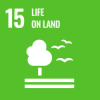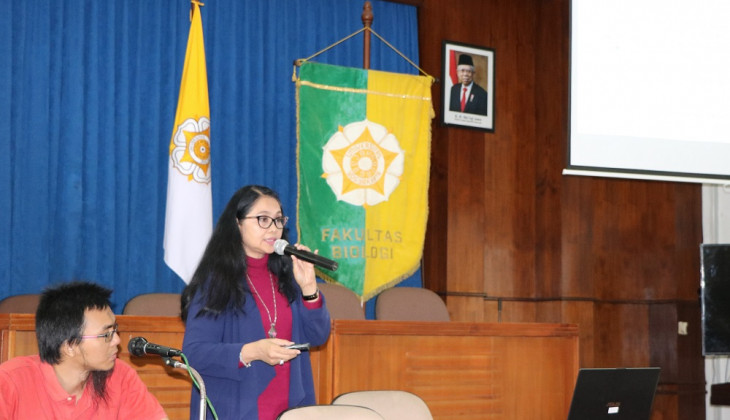Malaria is still one of many health problems in the world, including Indonesia. This disease is a serious threat because of the many reports of resistance, especially Plasmodium falciparum in most areas.
“The emergence of resistance to more than one type of antimalarial drug that is used daily in the treatment of malaria adds to the difficulty of the prevention efforts undertaken,” said Endang Ariyani Setyowati, Monday (13/1) when presenting the results of her doctoral research at the UGM Faculty of Biology.
Endang said that various efforts had been made to overcome this resistance problem. One of them is by using a combination drug derived from Armisini, but the results were even more resistant to the drugs. Therefore, the search for new alternative anti-malarial drugs through a new mechanism by exploring bioactive compounds from various natural sources needs to be done continuously.
As a doctoral student of the Faculty of Biology UGM, she is also trying to conduct research to find alternative anti-malarial drugs from natural ingredients, namely microalgae. From a number of previous studies, it is found that microalgae has a number of compounds that have cytotoxic, anti-tumor, antiviral, antibiotic, and anti-malarial activities.
In this study, Endang used microalgae extracts from S. platensis, C. vulgaris, S. costatum, C. calcitrans and N.oculata to inhibit the growth of P. falciparum based on inhibition of the enzymes PfMQO, PfNDH2 and PfDHODH. The results showed that the four microalgae could inhibit the development of P. falciparum.
“S. platensis extract in ethanol pa with PfMQO enzyme gave the best inhibition of P. falciparum. S. platensis is classified as an active and strong anti-malarial compound, containing bioactive compounds of the terpenoids, fatty acids, alkaloids and flavonoids, which are potential and promising sources of antimalarial compounds, “said the lecturer at the Faculty of Biology, Universitas Jenderal Soedirman.
On this occasion, Susintowati’s dissertation research results were also presented, which was an ecological study of intertidal gastropods or snails in the tidal zone in Awalas Purwo National Park, East Java. The results found 22,484 individuals, 148 species, 60 genus, 36 families and 10 orders. In these individuals there is a conformity of the adaptive morphological structure found in the ecomorphology of intertidal gastropods in an attempt to survive natural selection.
In addition to the previous research, Muhammad Dylan Lawrie also presented his research results on the acceleration of flowering in the Dendrobium capra J.J. Smith orchid with growth regulators and genetic engineering. Research was conducted to assist orchid conservation through in vitro culture techniques and genetic engineering using CRISPR-Cas9.
Source: https://ugm.ac.id/id/berita/18927-mahasiswa-ugm-temukan-potensi-antimalaria-pada-mikroalga



